Pre-production phase serves as the foundation upon which the entire project is built, and the cinematographer plays an indispensable role in shaping the visual narrative of the film. Also known as the Director of Photography (DoP), the cinematographer is one of the first key creative individuals to be brought on board during the pre-production process. This essential stage involves extensive planning, creative brainstorming sessions, and collaboration among Directors, Producers, Line producers, Production Managers, and department heads (HOD) to effectively translate the script into a visually captivating story that resonates with the audience.
The pre-production process is a critical time for the cinematographer to work closely with the director, production designer, and other key personnel to establish the overall look, feel, and tone of the film. This involves a deep exploration of the script, understanding the characters’ journeys, and identifying the visual motifs that will effectively convey the intended emotions and themes to the viewers.
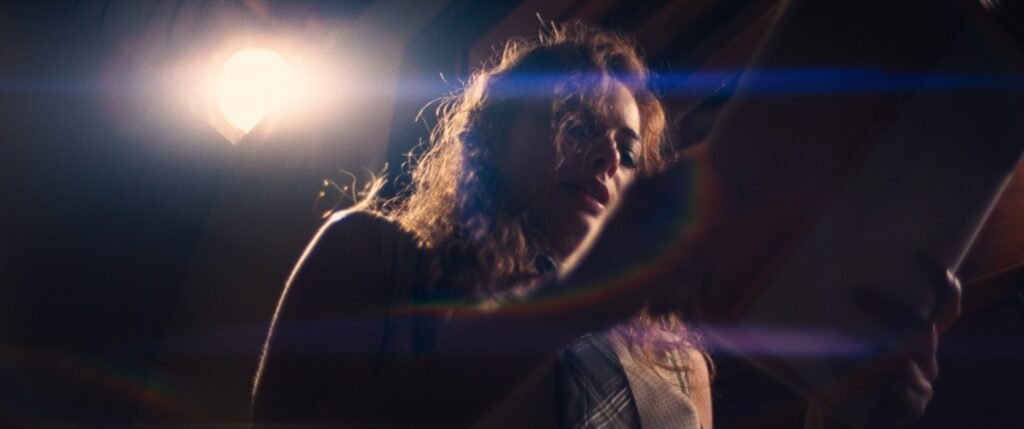
Table of Contents
Understanding the Importance of Pre-Production
Pre-production is a vital phase in the filmmaking process, where the groundwork is meticulously laid for the entire project. It encompasses a wide range of activities, from script development and breakdown to detailed logistics planning, budgeting, and scheduling. Effective pre-production planning is crucial for ensuring a smooth transition into the principal photography stage and minimizing potential challenges that may arise during the filming process.
During the pre-production stage, the creative team engages in extensive brainstorming sessions to align all the elements of the film with the director’s vision and the script’s requirements. Storyboarding, location scouting, and production design are integral components of this process, as they help visualize the film’s aesthetic and narrative flow, enabling the team to identify and address any potential issues before the cameras start rolling.
The pre-production phase is also essential for securing financing for the project, as a well-prepared package, including a detailed budget breakdown and compelling visual concepts, can attract potential investors and demonstrate the project’s feasibility and artistic merit. The cinematographer plays a key role in creating visually appealing pitch materials, such as concept art, mood boards, and camera tests, which can help convey the film’s unique visual style and creative potential to investors and stakeholders.
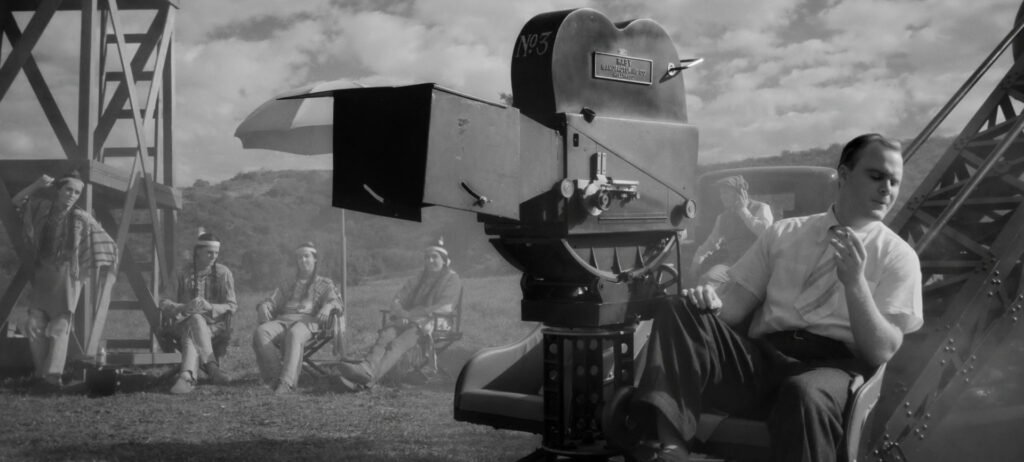
Understanding the Cinematographer’s Role
The cinematographer’s involvement in pre-production is multifaceted, encompassing both technical and creative aspects of the filmmaking process. They work hand in hand with the director to establish the film’s visual language, tone, and mood, ensuring that the cinematography effectively serves the story’s emotional and thematic elements.
Establishing the Visual Style and Cinematography Techniques:
One of the primary responsibilities of the cinematographer during pre-production is to develop and refine the film’s visual language and style. This involves exploring various creative choices, such as camera movements, angles, lenses, lighting techniques, and color palettes, to create a distinctive and cohesive visual aesthetic that aligns with the director’s vision and the story’s requirements. The cinematographer draws inspiration from a wide range of sources, including other films, art, photography, and the script itself, to craft a unique visual approach that sets the film apart and enhances the narrative experience.
The cinematographer’s expertise in storytelling and visual design is instrumental in deciding the most effective cinematography techniques to employ in each scene. For example, they may choose to use wide shots to establish the scale and scope of a location, close-ups to convey intimate emotions, or tracking shots to create a sense of movement and energy. The selection of camera angles, such as low angles to convey power or high angles to suggest vulnerability, also plays a crucial role in shaping the audience’s perception of characters and situations.
Moreover, the cinematographer’s understanding of composition, framing, and visual balance is essential in creating shots that guide the viewer’s attention, emphasize key elements, and contribute to the overall visual impact of the film. By carefully considering the placement of actors, objects, and lighting within the frame, the cinematographer can create powerful and meaningful images that resonate with the audience and support the narrative.
Technical Expertise and Equipment Planning:
The cinematographer’s technical expertise is indispensable in the pre-production phase, as they assess the script’s requirements and determine the necessary equipment and technology needed to bring the visual vision to life. This involves selecting the appropriate cameras, lenses, filters, lighting gear, and support systems that will be used throughout the production process. The cinematographer collaborates closely with the production manager and line producer to ensure that the chosen equipment aligns with the project’s budget and logistical constraints, while still allowing for the desired creative flexibility and technical performance.
Pre-production is also a crucial time for the cinematographer to plan and prepare for the technical challenges that may arise during the filming process. This includes assessing the specific requirements of each location, such as power supply, rigging, and space constraints, and developing solutions to overcome any potential obstacles. The cinematographer works with the gaffer and key grip to create detailed lighting and camera rigging plans, ensuring that the necessary equipment and setups are in place for each scene.
In addition to equipment planning, the cinematographer is actively involved in creating the shooting schedule and shot lists during pre-production. They work closely with the director and assistant director to break down the script into individual scenes and shots, considering factors such as location availability, time of day, and actor scheduling. This detailed planning helps optimize the use of resources, minimizes downtime on set, and ensures that the filming process runs efficiently and effectively.
Collaboration with Visual Effects and Post-Production:
In contemporary filmmaking, visual effects (VFX) and post-production play an increasingly significant role in creating immersive and visually stunning experiences for the audience. The cinematographer’s collaboration with the VFX team during pre-production is essential to ensure that the digital elements and live-action footage seamlessly integrate and maintain a consistent visual style throughout the film.
During pre-production meetings with the VFX supervisor and team, the cinematographer discusses the desired look, lighting, and composition of VFX shots, providing valuable input on how to achieve the best results both practically and digitally. They work together to identify potential challenges and develop strategies to overcome them, such as using green screens, motion control rigs, or specific lighting setups that facilitate the integration of visual effects.
Moreover, the cinematographer’s involvement in pre-production extends to planning for the post-production phase, particularly in terms of color grading and image processing. They collaborate with the colorist to establish a color workflow and create look-up tables (LUTs) that will guide the final color palette of the film. By considering the post-production process during pre-production, the cinematographer can make informed decisions on set, such as exposure, contrast, and color temperature, that will facilitate a smoother and more efficient post-production workflow.
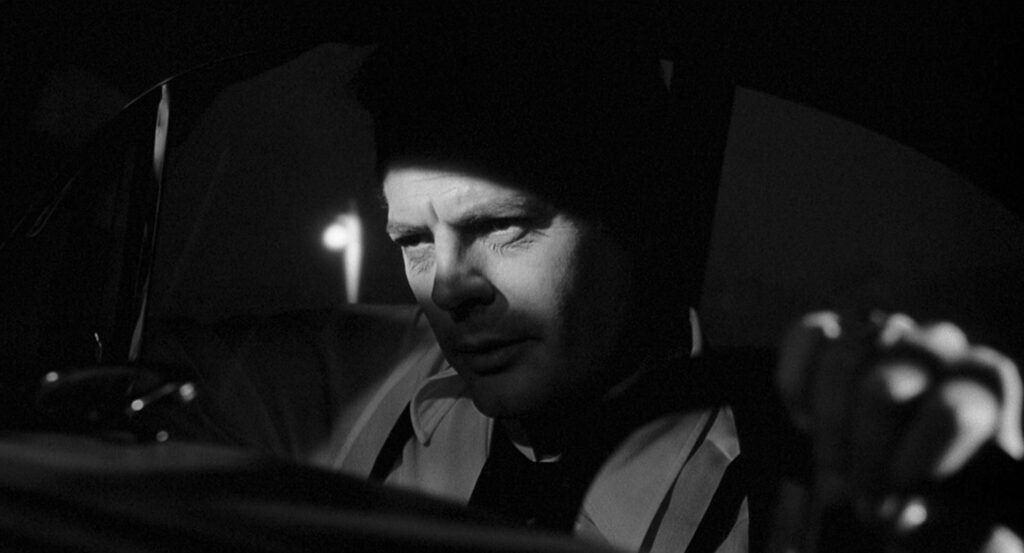
Collaboration with Key Departments and Creative Personnel
The cinematographer’s role in pre-production extends far beyond their collaboration with the director and involves close interaction and coordination with various key departments and creative personnel to ensure a cohesive and compelling visual narrative.
Director:
The cinematographer’s partnership with the director is the cornerstone of the film’s visual storytelling. During pre-production, the cinematographer works closely with the director to develop a shared vision for the look and feel of the film. They engage in extensive discussions to analyze the script, explore visual references, and establish the overall aesthetic approach that best serves the story and characters.
The cinematographer and director collaborate on key decisions such as camera movement, lens choices, and lighting design, ensuring that each visual element supports the intended emotional impact and narrative flow. They also work together to plan and choreograph complex scenes, action sequences, and visual effects shots, finding creative solutions to any challenges that arise.
Throughout the pre-production process, the cinematographer serves as a key creative partner to the director, offering technical expertise, artistic input, and a fresh perspective that helps bring the director’s vision to life.
Production Team (including Producer, Line Producer, Production Manager, and 1st AD):
The cinematographer’s collaboration with the production team is essential to ensure that the visual aspects of the film are executed in harmony with the overall production goals, schedule, and budget. During pre-production, the cinematographer works closely with the producer, line producer, production manager, and 1st assistant director (1st AD) to develop a comprehensive plan that encompasses the creative, logistical, and financial aspects of the project.
The cinematographer collaborates with the producer to align the visual approach with the overarching creative vision and production requirements. They discuss the scope and scale of the cinematography, exploring innovative techniques and approaches that can elevate the storytelling while remaining feasible within the given constraints.
In collaboration with the line producer and production manager, the cinematographer develops a detailed budget for the camera, lighting, and grip departments. They provide input on the necessary equipment, crew, and resources required to achieve the desired look and feel of the film, while also considering cost-effective alternatives and strategies to maximize the visual impact within the allocated budget.
The cinematographer also works closely with the 1st AD to create a detailed shooting schedule that takes into account the specific requirements for each scene, such as the time needed for complex setups, lighting adjustments, or camera movements. They collaborate to prioritize and sequence the shots in a way that optimizes the use of time and resources on set, ensuring that the visual elements are captured efficiently without compromising the creative intent.
Throughout the pre-production process, the cinematographer maintains open lines of communication with the production team, providing regular updates on the progress of the visual planning and any potential challenges or opportunities that arise. They participate in key production meetings, offering insights and solutions that help to keep the project on track and aligned with the overall vision.
Gaffer:
The gaffer is the head electrician on set and works closely with the cinematographer to design and implement the lighting plan for each scene. During pre-production, the cinematographer and gaffer collaborate to develop a comprehensive lighting strategy that supports the visual storytelling and emotional tone of the film.
They discuss the specific lighting requirements for each location, considering factors such as the time of day, the desired mood, and any practical or creative limitations. The gaffer provides input on the technical aspects of lighting, such as power distribution, equipment selection, and rigging, while the cinematographer focuses on the artistic and narrative impact of the lighting design.
Together, the cinematographer and gaffer create detailed lighting diagrams and plans, ensuring that the necessary equipment and resources are available and that the lighting setup can be executed efficiently on set.
Grip:
The key grip is responsible for the camera movement and support equipment on set, working closely with the cinematographer to bring their visual plans to life. During pre-production, the cinematographer collaborates with the key grip to discuss the specific camera movement and rigging requirements for each scene.
They explore the use of various techniques and equipment, such as dollies, cranes, or Steadicams, to create dynamic and immersive shots that enhance the visual storytelling. The key grip provides input on the technical feasibility and safety considerations of each camera setup, while the cinematographer focuses on the artistic and narrative impact of the camera movement.
Together, the cinematographer and key grip develop a detailed plan for the camera department, ensuring that the necessary equipment and support systems are available and that the camera setups can be executed smoothly and efficiently on set.
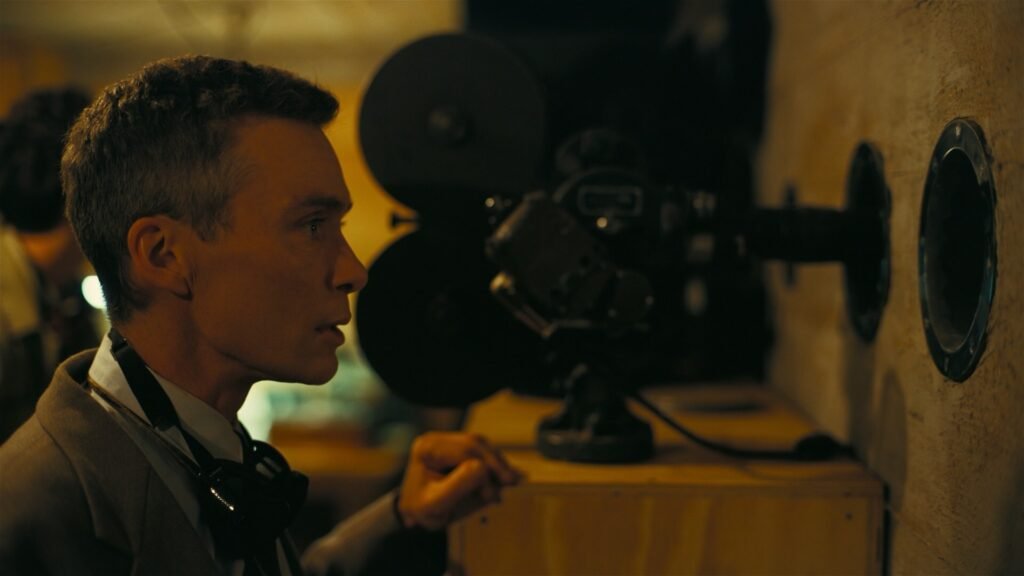
Camera Team (including 1st AC, 2nd AC, and DIT):
The camera team, consisting of the first assistant camera (1st AC), second assistant camera (2nd AC), and digital imaging technician (DIT), plays a crucial role in supporting the cinematographer’s vision and ensuring the technical quality of the footage. During pre-production, the cinematographer works closely with the camera team to discuss the specific requirements and workflows for the project.
The 1st AC, also known as the focus puller, collaborates with the cinematographer to discuss the lens choices, focus pulling techniques, and other technical considerations for each setup. They also work together to plan the camera assembly and maintenance routines to ensure optimal performance on set.
The 2nd AC, responsible for managing the camera equipment and media, works with the cinematographer to determine the necessary inventory and backup systems for the shoot. They also discuss the labeling and organization protocols to ensure efficient data management and continuity.
The DIT, who oversees the digital workflow and image quality, collaborates with the cinematographer to establish the color management and monitoring setup for the project. They discuss the specific requirements for on-set color grading, dailies generation, and data backup to ensure the integrity and consistency of the digital footage.
Partnership with the Production Designer:
The cinematographer and production designer form a crucial creative partnership during pre-production, working hand in hand to create the film’s visual world and atmosphere. They engage in extensive discussions and concept meetings to define the color palette, textures, and spatial elements that will be captured on camera, ensuring that the production design complements and enhances the intended mood, tone, and themes of the story.
The cinematographer provides valuable input on lighting requirements, practical effects, and set design, collaborating with the production designer to create immersive and visually striking environments that support the narrative. They work together to plan the placement of key set pieces, props, and lighting fixtures, considering how they will interact with the camera angles, movements, and lens choices to create the desired visual impact.
Moreover, the cinematographer and production designer conduct location scouting and recces together, assessing the potential of each space to contribute to the film’s visual storytelling. They discuss any necessary modifications or additions to the existing locations, such as set dressing, painting, or construction, to align them with the overall aesthetic vision of the film.
Collaboration with the Costume Designer and Makeup Artist:
The cinematographer’s collaboration with the costume designer and makeup artist during pre-production is essential to ensure that the characters’ appearances align with the film’s visual style and contribute to the overall narrative. They engage in discussions and tests to determine how different fabrics, colors, textures, and makeup designs interact with the lighting and camera setups, making necessary adjustments to achieve the desired look and feel.
Pre-production camera tests with actors in costume and makeup are crucial for refining the visual approach and identifying any potential issues that may arise during filming. The cinematographer works closely with the costume designer and makeup artist to experiment with different lighting techniques, color temperatures, and camera filters to showcase the costumes and makeup in the best possible way, while also maintaining consistency with the film’s overall visual language.
Furthermore, the cinematographer’s input on the practical considerations of costume and makeup design is invaluable during pre-production. They provide guidance on how certain materials, colors, or patterns may appear on camera, advising on the use of matte or glossy finishes, the avoidance of certain patterns that may cause moiré effects, and the impact of lighting on the perception of color and texture.
Partnership with the Sound Department:
Although the cinematographer’s primary focus is on the visual aspects of the film, their collaboration with the sound department during pre-production is crucial to ensure a seamless integration of sound and visuals on set. They work closely with the sound recordist and boom operator to plan the placement of microphones and recording equipment, considering factors such as camera movements, lighting setups, and the acoustic properties of each location.
The cinematographer and sound department collaborate to identify and mitigate any potential audio challenges, such as unwanted reflections, background noise, or equipment interference. They discuss the use of specific camera mounts, blimps, or sound-absorbing materials to minimize camera noise and ensure clean audio recordings.

The Art of Storyboarding and Pre-Visualization
Storyboarding is a fundamental tool in the pre-production process that enables the cinematographer, director, and creative team to visually plan and communicate the film’s shots, sequences, and narrative flow. Storyboards are a series of illustrations or sketches that represent key frames of each scene, depicting camera angles, compositions, character placements, and action descriptions. They serve as a visual roadmap for the entire film, helping the crew understand the intended look, pacing, and emotional beats of the story.
The cinematographer works closely with the storyboard artist to ensure that the illustrated frames accurately capture the desired cinematography and visual style of the film. They provide detailed input on camera movements, lens choices, and lighting setups, which are then translated into the storyboards. This collaborative process allows the cinematographer to experiment with different visual approaches, test out complex shots or sequences, and identify potential challenges or opportunities for creative problem-solving.
Storyboarding is particularly crucial for action-heavy scenes, visual effects shots, or sequences that require precise timing and coordination. By visually planning these complex elements in advance, the cinematographer can work with the director and relevant departments to develop efficient and effective strategies for executing them on set.
In addition to traditional hand-drawn storyboards, pre-visualization (pre-viz) techniques have become increasingly popular in modern filmmaking. Pre-viz involves creating digital 3D animations or computer-generated sequences that simulate the final shots and camera movements of the film. This process allows the cinematographer and director to explore and refine complex camera moves, transitions, and visual effects shots in a virtual environment before the actual filming takes place.
Pre-viz is particularly valuable for high-budget productions, visual effects-heavy films, or sequences that require extensive coordination between multiple departments. By creating a detailed digital representation of the film’s visual elements, the cinematographer can work with the VFX team, stunt coordinators, and other key personnel to plan and execute complex shots with greater precision and efficiency.
Moreover, pre-viz can be a powerful tool for communicating the film’s visual style and intended emotional impact to the crew, cast, and stakeholders. It provides a tangible and dynamic representation of the cinematographer’s vision, helping to build consensus and excitement around the project.
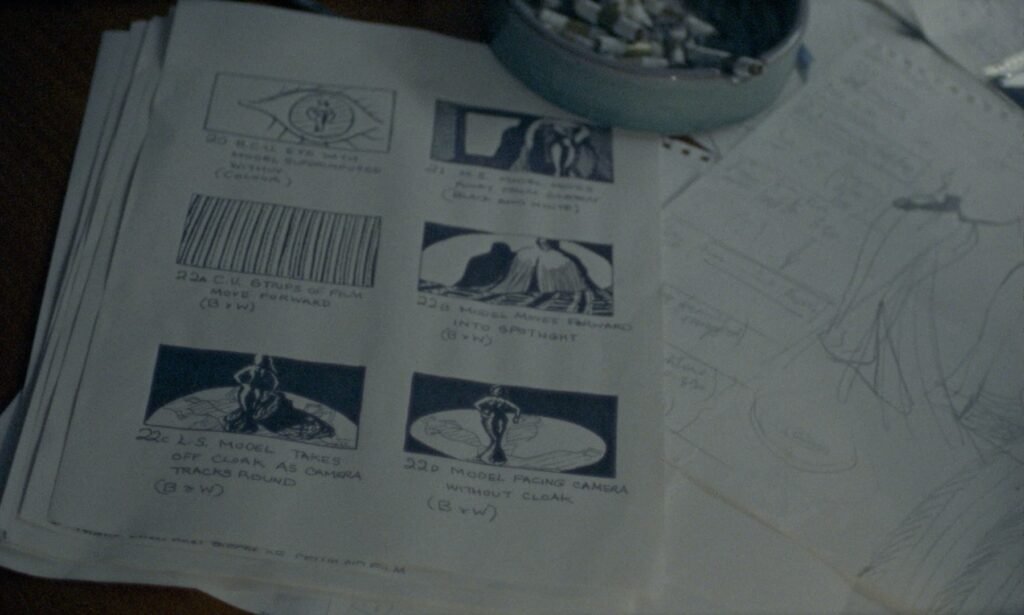
The Importance of Location Scouting and Technical Recces
Location scouting is a critical aspect of pre-production that involves identifying, assessing, and selecting the physical spaces where the film will be shot. The cinematographer plays a key role in this process, working closely with the location manager, director, and production designer to find locations that align with the script’s requirements, the film’s visual style, and the overall production constraints.
During the location scouting process, the cinematographer evaluates each potential site for its visual potential, considering factors such as natural lighting, architectural features, spatial dimensions, and texture. They assess how the location’s characteristics can be leveraged to create the desired mood, atmosphere, and visual impact for each scene. The cinematographer also considers practical aspects, such as accessibility for crew and equipment, power supply, and any potential logistical challenges that may arise.
Once the locations have been selected, the cinematographer conducts thorough technical recces to gather detailed information and plan the specific cinematography requirements for each site. This involves visiting the locations at different times of day to observe lighting conditions, sun positions, and weather patterns, taking meticulous notes, photographs, and video footage to document the findings.
During the technical recce, the cinematographer works with the gaffer and key grip to plan the lighting and rigging setups for each location, considering factors such as power distribution, equipment placement, and safety requirements. They also collaborate with the sound department to assess the acoustic properties of each space and identify any potential audio challenges that may need to be addressed.
Moreover, the technical recce is an opportunity for the cinematographer to plan and test specific camera angles, movements, and compositions on-site, ensuring that the chosen locations can effectively support the desired visual storytelling. They may use tools such as a director’s viewfinder, a lens kit, or a digital camera to visualize and document the potential shots and setups for each scene.
The information gathered during the technical recce is then used to create detailed shot lists, lighting plans, and equipment requirements for each location, ensuring that the production team is fully prepared and equipped to execute the cinematographer’s vision on set.

Importance of Adaptability and Creative Problem-Solving
While pre-production is a time of meticulous planning and preparation, it is also a dynamic and evolving process that requires the cinematographer to be adaptable, flexible, and ready to tackle unexpected challenges and changes as they arise.
Script Changes and Artistic Revisions:
Throughout the pre-production phase, the script may undergo revisions, rewrites, or refinements based on creative discussions, stakeholder feedback, or logistical considerations. These changes can have a significant impact on the cinematographer’s visual planning and approach, requiring them to adapt and adjust their strategies accordingly.
When faced with script changes, the cinematographer must carefully reassess the visual implications and opportunities presented by the new material. They collaborate closely with the director and creative team to understand the reasoning behind the changes and explore how the cinematography can be adapted to support the revised narrative and emotional beats.
This may involve reworking shot lists, adjusting lighting plans, or reconsidering camera angles and movements to better serve the updated story. The cinematographer’s ability to think creatively and find innovative solutions that align with the new script while still maintaining the overall visual integrity of the film is crucial in navigating these challenges.
Budget and Resource Constraints:
Pre-production is also a time when the cinematographer must work within the constraints of the project’s budget and available resources. This requires a keen understanding of the production’s financial limitations and the ability to make strategic decisions that maximize the visual impact while minimizing costs.
The cinematographer collaborates closely with the production manager and line producer to develop a realistic and efficient budget for the camera, lighting, and grip departments. They may need to prioritize certain visual elements or techniques over others, finding creative workarounds or alternatives that still achieve the desired look and feel without exceeding the allocated resources.
For example, the cinematographer may opt for practical lighting setups using existing sources or natural light, rather than relying on extensive artificial lighting rigs. They may also choose to shoot with a smaller camera package or use cost-effective lenses that still deliver the required visual quality and style.
Moreover, the cinematographer’s problem-solving skills come into play when faced with unexpected budget cuts or resource limitations during pre-production. They must be able to think on their feet, adapt their plans, and find innovative solutions that maintain the creative vision while working within the new constraints.

Logistical Challenges and Time Pressures:
The pre-production phase is often characterized by tight deadlines, logistical complexities, and time pressures that can impact the cinematographer’s planning and preparation process. This requires a high level of organization, efficiency, and the ability to prioritize tasks effectively.
The cinematographer must work closely with the assistant director and production team to develop a realistic and achievable shooting schedule that takes into account the time required for lighting setups, camera rehearsals, and any technical considerations specific to each scene. They must also be able to adapt and adjust their plans in response to any logistical challenges or unforeseen circumstances that may arise, such as weather conditions, location availability, or actor scheduling conflicts.
Effective communication and collaboration with the crew are essential in navigating these logistical challenges and time pressures. The cinematographer must be able to delegate tasks effectively, trust in the expertise of their team members, and foster a positive and productive working environment that enables everyone to work efficiently and creatively towards the common goal.
Conclusion
The cinematographer’s role in pre-production is a multifaceted and essential one, requiring a unique blend of technical expertise, artistic vision, and problem-solving skills. From developing the visual language and style of the film to collaborating with key departments and creative personnel, the cinematographer plays a vital role in shaping the overall look, feel, and emotional impact of the final product.
Through meticulous planning, creative experimentation, and effective communication, the cinematographer works hand in hand with the director and the entire production team to translate the script into a visually compelling and emotionally resonant story. They bring a deep understanding of the technical aspects of cinematography, combined with an artistic sensibility and a keen eye for visual storytelling, to create images that captivate and engage the audience.
However, the pre-production process is not without its challenges. The cinematographer must navigate script changes, budget constraints, logistical complexities, and time pressures while still maintaining the integrity of the creative vision. It is their ability to adapt, problem-solve, and find innovative solutions that sets great cinematographers apart and enables them to create truly stunning visual narratives.
In the end, the success of a film’s cinematography is a testament to the skill, dedication, and collaboration of the entire team, with the cinematographer serving as a key creative force and visual architect. Through their work in pre-production, cinematographers lay the foundation for the visual language of the film, setting the stage for the magic that unfolds when the cameras start rolling.
As the film industry continues to evolve and push the boundaries of visual storytelling, the role of the cinematographer in pre-production remains as vital as ever. Their ability to combine technical mastery with artistic vision, to collaborate effectively with a wide range of creative professionals, and to adapt to the ever-changing demands of the medium, ensures that the power of visual storytelling will continue to captivate and inspire audiences for generations to come.
What does a cinematographer contribute to a film project?
A cinematographer, also known as the Director of Photography (DP), is tasked with leading the camera and lighting teams during pre-production, sculpting the film’s visual narrative. This role involves defining the look, color, lighting, and composition of each shot, which are pivotal in vivifying the movie’s storyline.
What are the responsibilities of a Director of Photography during pre-production?
Throughout pre-production, the Director of Photography (DP) assumes a pivotal role in interpreting the screenplay and shaping the film’s visual style and mood. In close collaboration with the director, the DP crafts thematic visual styles and oversees the assembly of the camera and lighting crews, ensuring that every aspect of the film’s visual storytelling aligns with the directorial vision.
What is considered the primary responsibility of cinematographers in film production?
The cinematographer’s chief duty in pre-production is to carve out the film’s visual aesthetic. Concentrating on the look, color, and illumination of scenes, they translate the director’s vision into concrete imagery that significantly enhances the narrative power of the film.
Why is the role of cinematography so crucial in filmmaking?
Cinematography stands as the cornerstone of visual storytelling in filmmaking, forming an essential part of the pre-production process. It transcends mere recording of actions, focusing instead on crafting a mood, constructing the narrative, and captivating the audience with a compelling visual language. At its core, cinematography breathes life into the story, endowing it with its visual soul.